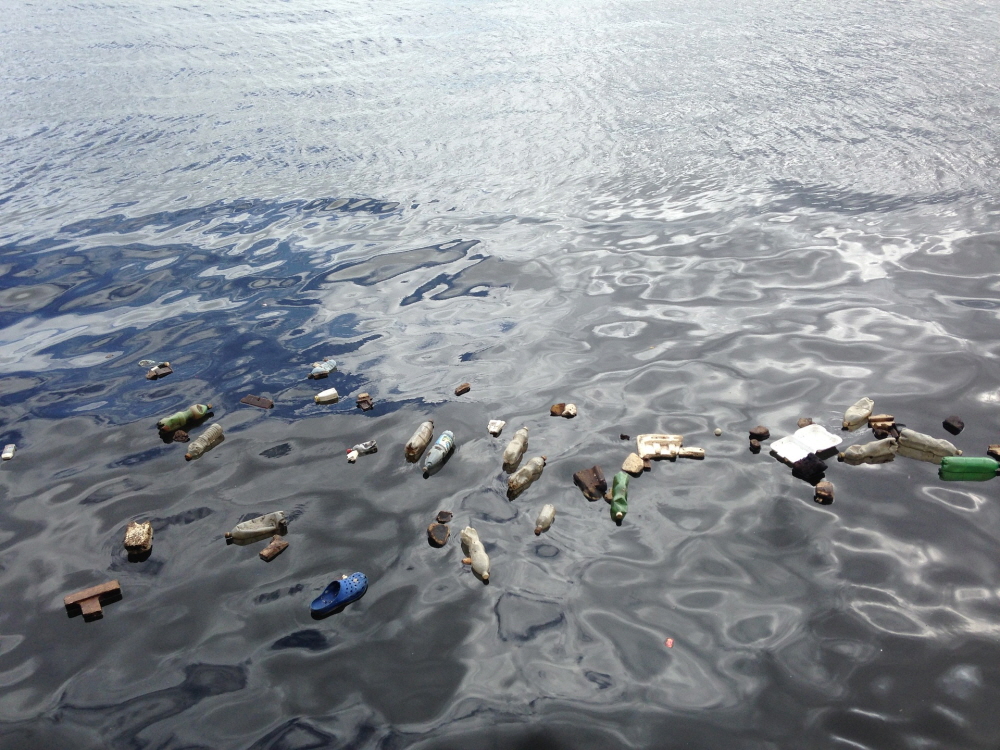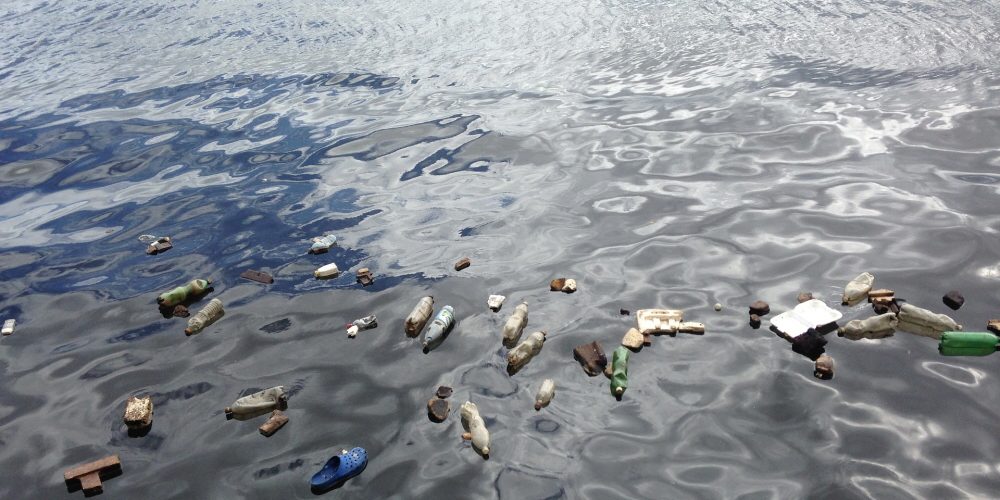
The study found that only 20 companies produced more than half of the world’s single-use plastic waste.
The Plastic Waste Makers Index released by Australia’s Minderoo Foundation comprehensively evaluates companies that produce plastics used in single-use products. According to the report, the top 20 producers of 55% of the world’s plastic waste include major energy companies and chemical conglomerates. Also, if you look at the list of companies, 90% of the world’s single-use plastic production is made by 100 companies.
Exxon, a US-based general energy company, is the number one contributor to waste plastics (?). In 2019, 5.9 million tons of waste plastics were poured out. In second and third places by a narrow margin are Dow, the world’s largest chemical company headquartered in the United States, and Sinopec, a Chinese oil company. It is producing 5.5 million tons and 5.3 million tons of plastic as waste plastics, respectively. 11 of the top 20 companies were based in Asia.
In addition, 20 banks around the world account for nearly 60% of the financial institutions that invest or lend to these disposable plastic manufacturers. Buckraisers, HSBC and Bank of America are lending $30 billion.
The survey also found that only 2% of the world’s plastic waste is recycled. Australia and the United States have the highest personal plastic emissions, exceeding 50 kg per person per year. Meanwhile, China, the largest producer of single-use plastics, emits an average of 18 kg per person per year.
It is important to curb personal plastic use, but this study also emphasizes that this alone does not solve the problem. According to the foundation, marine plastic pollution and global warming are one of the greatest threats that mankind and nature have never done, and that leaders of governments and financial institutions must act on behalf of their children and grandchildren so that a global effort will not repeat the crisis. Alternatively, it is important to encourage the use of recycled waste plastics and to redistribute capital from unused raw material suppliers to those using recycled raw materials. In other words, the plastic is redesigned so that it is harmless, compostable like any other element, and returns to its original molecules and not nanoplastics.
But the results of this study show that the world is heading in the wrong direction. Global production of single-use plastics is expected to increase by 30% over the next five years, resulting in 3 trillion single-use plastics being thrown away by 2025 alone. It is important to pay for plastic bags and use paper for straws, or to change the consciousness of individual consumers, but it is time for companies that produce single-use plastics to change their consciousness. Related information can be found here.


















Add comment